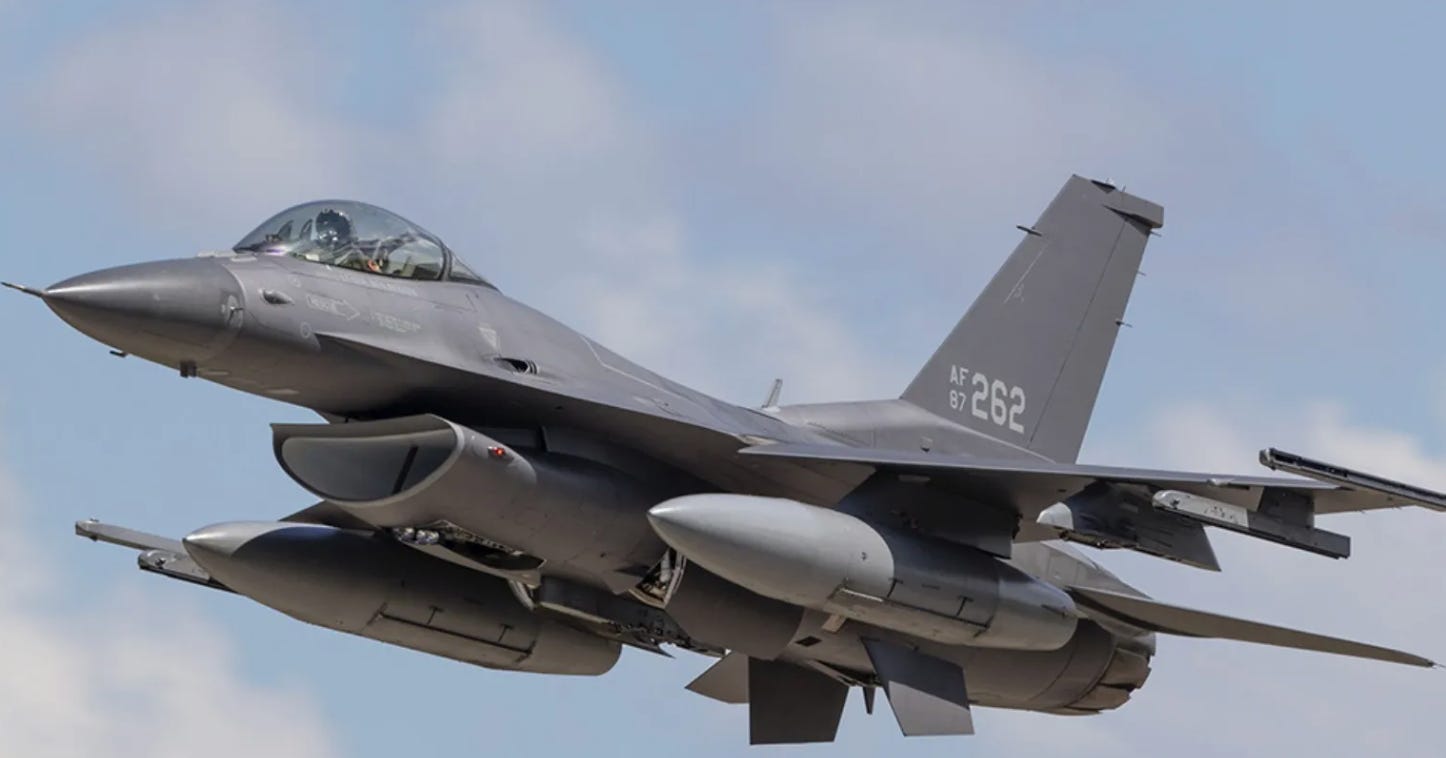Dr. Henry Singleton and Teledyne: A Masterclass in Capital Allocation and Shareholder Value
How Henry Singleton’s Strategic Genius Transformed Teledyne into a Shareholder Value Powerhouse
I've recently picked up The Outsiders again—a timeless book that profiles eight unconventional CEOs who redefined success through masterful capital allocation. These leaders didn't chase short-term trends or Wall Street's quarterly whims; instead, they focused on long-term value creation for shareholders. One chapter that always stands out is the story of Teledyne and its founder, Dr. Henry Singleton. Often overlooked in mainstream business case studies, Singleton's approach is a phenomenal example of how strategic decisions can deliver extraordinary returns.
The Conglomerate Craze and Teledyne's Origins
In the 1960s, conglomerates were the hottest trend on Wall Street. Companies were snapping up diverse businesses left and right, building empires that promised endless growth. It was against this backdrop that Henry Singleton took the helm at Teledyne, a company with a portfolio heavily tilted toward defense applications: fighter jets, tanks, submarines, and more.
But Singleton wasn't one to follow the herd. He quickly assessed Teledyne's holdings and recognized a harsh reality: in some areas, the company held a commanding leadership position with a clear "right to win." In others, they were lagging far behind competitors. Rather than clinging to underperforming assets, Singleton made bold moves.
Ruthless Pruning and Cost Discipline
Singleton's first major decision was to divest the fighter jets division—a move that not only streamlined operations but also meant giving up personal perks like flying F-16s. This was just the beginning. He implemented rigorous cost-control measures across the board while systematically selling off "bad" businesses that didn't align with Teledyne's strengths.
These actions sparked fear among investors. Whispers of potential liquidation began to circulate, as the company shed assets and accumulated a growing pile of cash. But Singleton had a vision far beyond mere survival.
Deploying Cash Wisely: Buybacks, Dividends, and Treasury Plays
What did Singleton do with all that newfound liquidity? He avoided the trap of empire-building or wasteful spending. Instead, he orchestrated a series of tax-efficient stock buybacks, rarely paid dividends, and made savvy treasury decisions based on interest rate trends. This wasn't about flashy acquisitions or pleasing analysts— it was about optimizing for the long game.
Singleton had an uncanny knack for ignoring quarterly earnings pressures. While Wall Street fixated on short-term metrics, he zeroed in on two key priorities: maximizing Total Shareholder Returns (TSR)—which factors in dividends, share price growth, and buybacks—and boosting Free Cash Flow (FCF) growth. His philosophy? Capital allocation should serve shareholders, not egos or trends.
The Stunning Results: A 53x Return
The payoff was nothing short of legendary. An investor who bought Teledyne stock in 1966 would have enjoyed an annual return of 17.9% over the next 25 years, translating to a staggering 53x return on invested capital. Compare that to the benchmarks: the S&P 500 delivered 6.7x, GE managed 9.0x, and other conglomerates averaged 7.1x.
Teledyne's shareholders hit the jackpot with a "triple whammy": steadily increasing earnings, a shrinking capital structure through buybacks (which boosted per-share value), and an expanding price-to-earnings (P/E) ratio as the market recognized the company's efficiency.

Aligned Interests: Leading by Example
What truly sets Singleton apart is his alignment with shareholders. As Teledyne's single largest investor, he chose to build wealth alongside his fellow owners, not at their expense. This skin-in-the-game mentality ensured every decision prioritized collective success.
In an era of fleeting market fads and executive excess, Singleton's story is a reminder that true capital allocation mastery comes from discipline, foresight, and a relentless focus on value. If you're in business or investing, The Outsiders is a must-read—and the Teledyne chapter might just change how you think about leadership forever.
What are your thoughts on unconventional CEOs like Singleton? Have you encountered similar stories in your reading? Share in the comments below!



didnt know abot him. quite enriching to know about him.